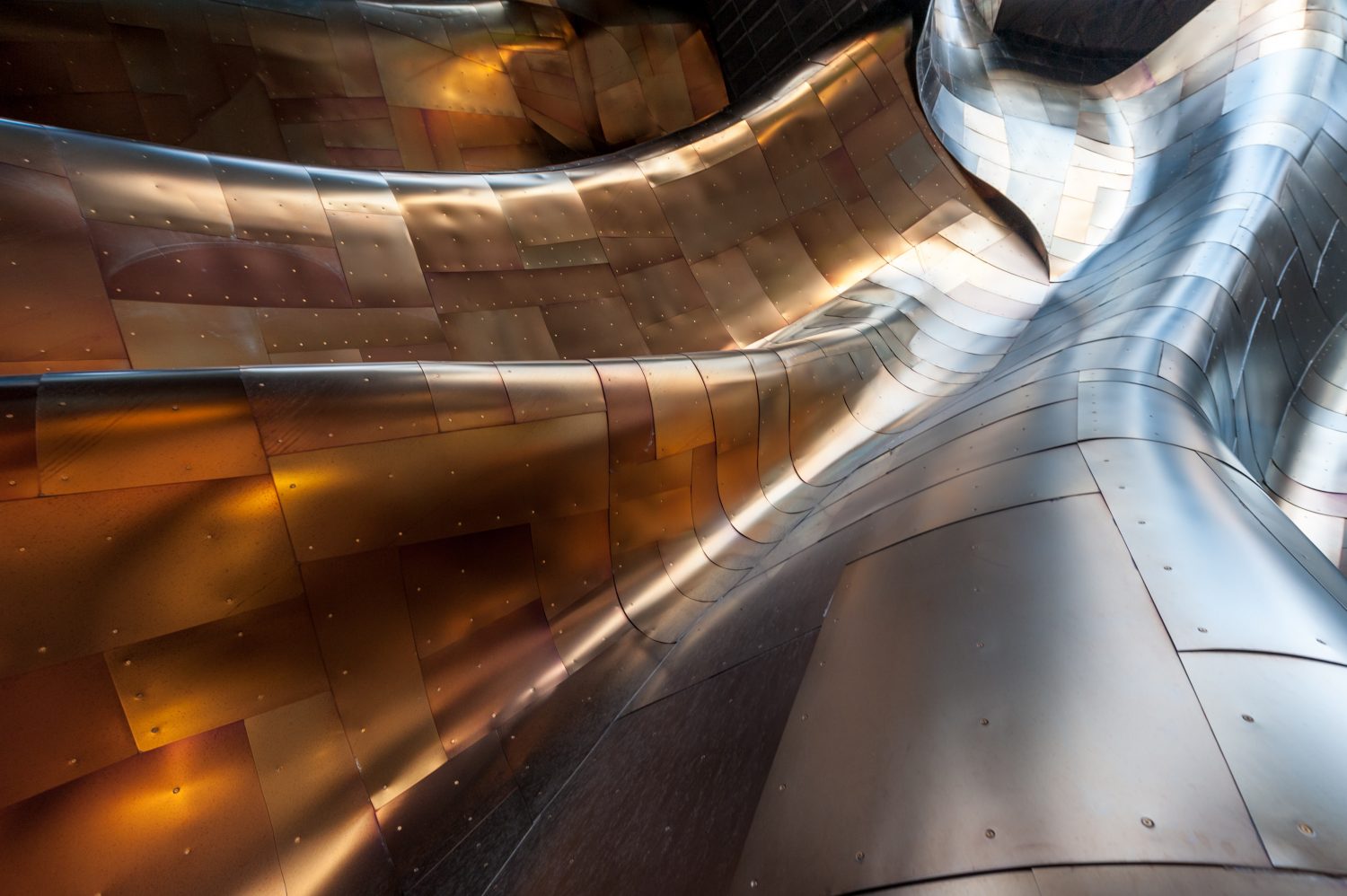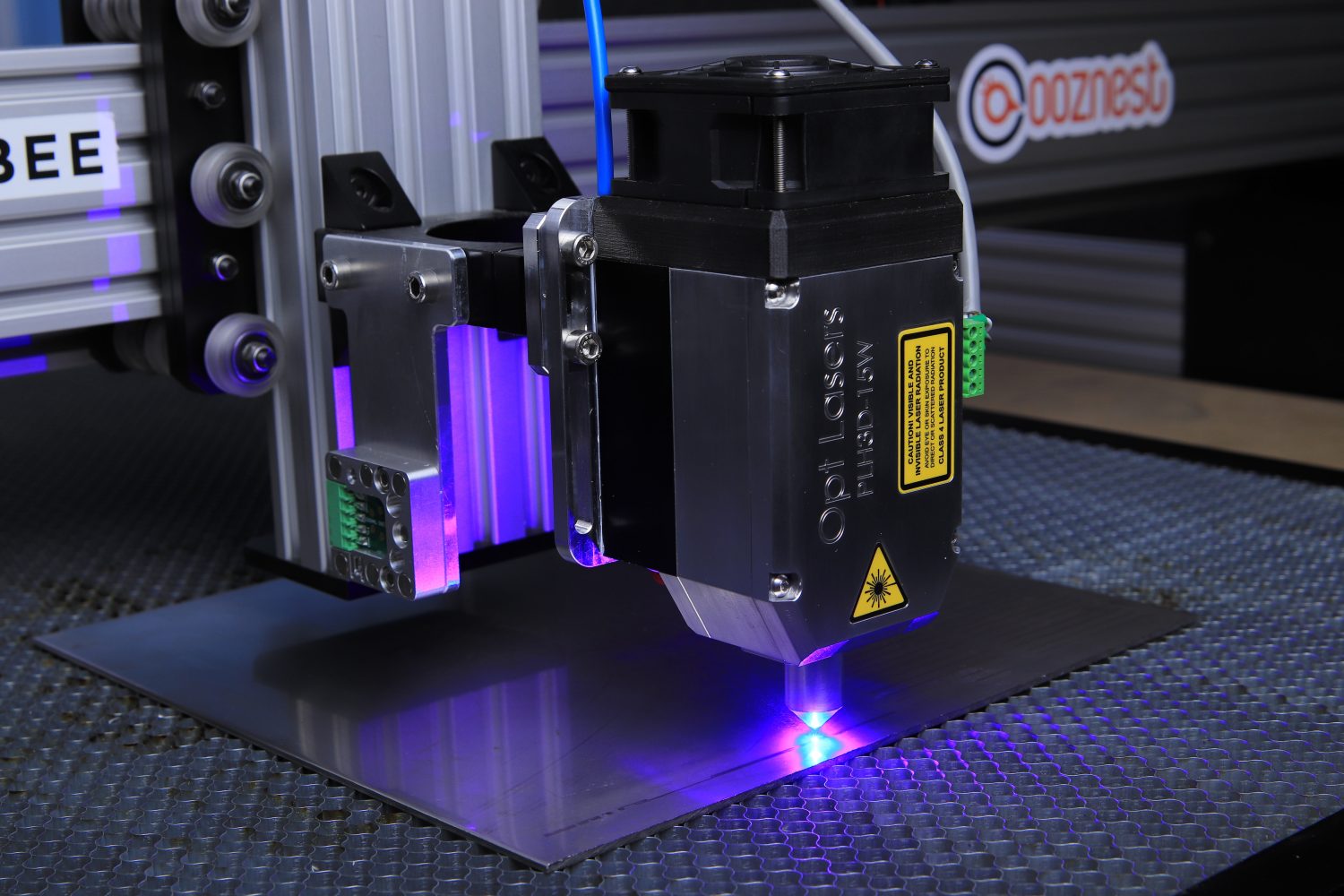Metal finishing is the last, but very important step in the metal fabrication process, preparing the products to be used. On their own, a lot of metals can’t perform long term the way we would want them to. This is where finishes come in.
The process allows new properties to be added to the metals, for example, electrical, chemical, heat, and corrosion resistance. Additionally, metal finishing improves visual aesthetics and offers an extra level of durability. The type of metal finish needed, depends on the intended use for the product.
Choosing the right metal finish
There are a number of factors to consider when selecting a finishing method for your metal work. The term metal finishing includes more than one execution process. This means there are multiple ways to achieve the metal finish required. Some key questions to think about when choosing the right finish include:
- Which finishing process works best with your products intended use?
- Is the metal finishing service right for the materials used in your project?
- Can the finishing technique keep up with the demands of your production speed?
- Is the metal finish the most cost-effective solution without affecting the quality of the end product?
What are some examples of metal finishings?
Electroplating
Also referred to as metal plating, electroplating is one of the most common metal finishing services available. Electroplating involves a thin layer of metal being coated onto a substrate. This is normally because the original part doesn’t have the properties to work on its own.
So, a suitable metal coating is applied to improve the performance of the product. The electroplating technique offers several benefits that will vary depending on the type of metal coating used. Some examples include, added strength, durability, corrosion resistance, and visual appeal, to name a few.
Galvanising
Galvanising is the process of adding a protective zinc coating to a metal. The layer of zinc is applied by dipping the product into a bath of zinc solution. It is a process that is best suited to products made of steel and therefore popular with steel fabricators.
This is because when molten, zinc reacts with steel and sticks to it to create a protective seal. Even if some of the metal is damaged, the seal is strong enough to protect the other areas. Zinc coating is a very cost-effective solution that extends the life expectancy of steel products.
Powder coating
Powder coating is a great option for products that require the best visual aesthetic. It is double the thickness of paint which is why it is considered to be a much more durable solution for finishing metals. The process involves melting the powder and applying it to surfaces in a range of colours and textures.
Powder coating is the best choice for parts that have regular movement as it effortlessly yields when added to the material. Products that have powder coating are less likely to chip but unlike paint, they are more difficult to touch up.
Anodising
Even though the process of anodising is similar to electroplating, it is actually the opposite. Electroplating can be carried out on several different metals, whereas anodising is specifically suited to aluminium. Also, anodising changes the molecular composition of the product’s surface and offers key benefits.
These include reducing wear and tear, boosting resistance to corrosion, and forming a stronger finish. This metal finish is colourless, but dyes can be added if a visual appeal is needed for the product.
Conclusion
There are many different metal finishes that will be better suited to different projects than others. If you’re looking for metal fabrication in Sheffield, contact our friendly team at FEM today to discuss your requirements.

